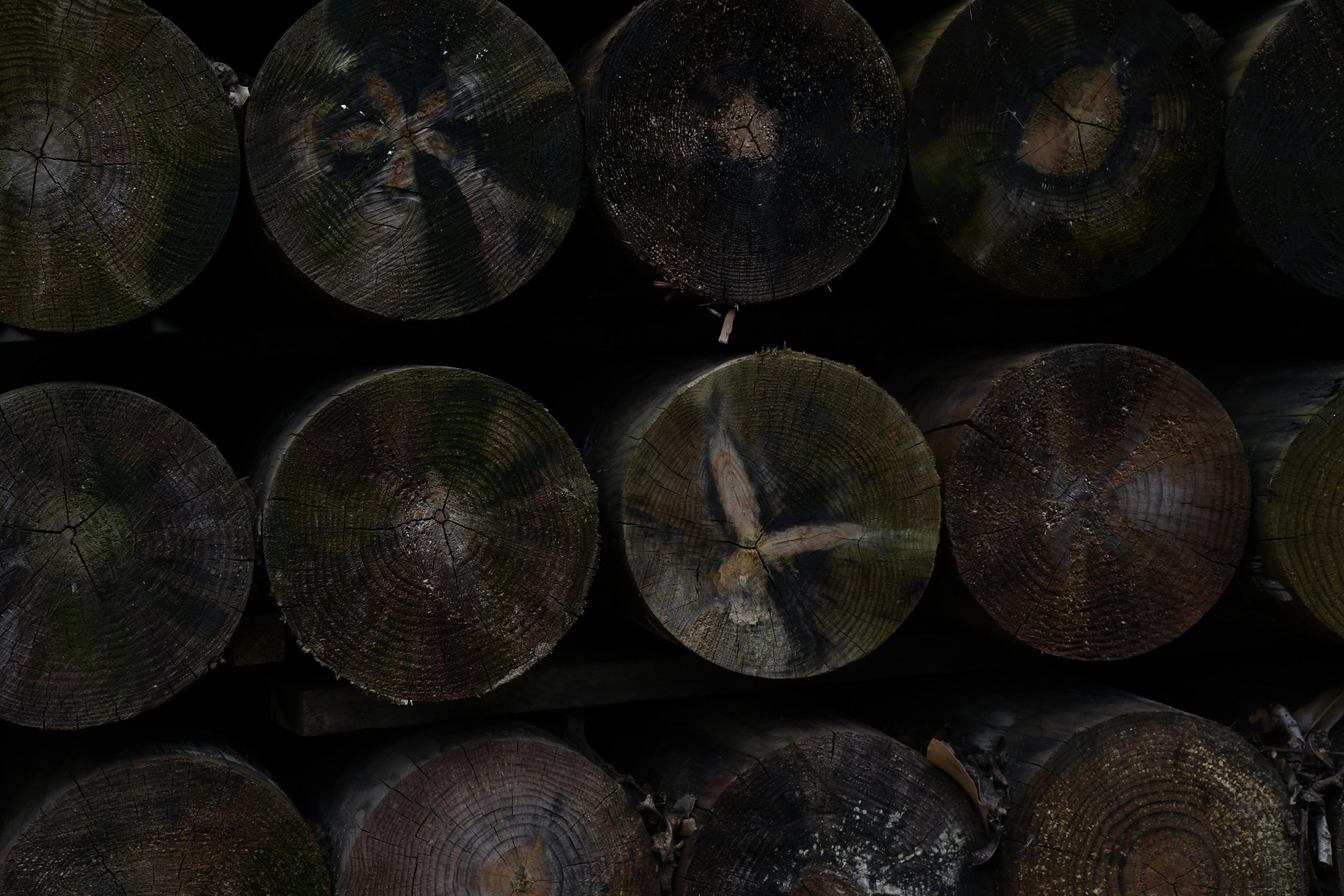Unveiling the Mysteries of Indonesia’s Ancient Pyramid
In the lush landscapes of Indonesia lies a truly remarkable marvel of history: the world’s oldest known pyramid. Estimated to be at least 10,000 years old, this ancient structure holds secrets of a bygone era, tucked away within its unexplored chambers. What is perhaps even more fascinating is how this pyramid, over time, could be easily misconstrued as a simple natural formation.
Sitting quietly amidst nature, this enigmatic edifice challenges our understanding of ancient civilizations and architectural feats. Its existence raises intriguing questions about the ingenuity of past societies and their ability to construct monumental wonders that blend seamlessly with their surroundings.
Despite its age and significance, many of its chambers remain untouched by researchers, leaving a wealth of history waiting to be uncovered. The discovery of such a structure reshapes our perspective on human history and the extent of our ancestors’ capabilities.
Was this pyramid intentionally designed to mimic its natural setting, or has nature simply taken its course over millennia, disguising this masterpiece beneath layers of earth and vegetation? This enduring mystery invites both scholars and enthusiasts alike to explore the depths of its origins and purpose.
As we continue to delve into its secrets, the Indonesian pyramid stands as a testament to the resilience and skill of early human civilization; a silent guardian of the past, urging us to look closer at the world around us and the stories yet untold.
![The world’s oldest Pyramid is in Indonesia, is at least 10,000 years old, has unexplored chambers, and demonstrates how a pyramid can be mistaken as part of nature [Natural or not?] post thumbnail image](https://www.outerideas.com/wp-content/uploads/woocommerce-placeholder.png)



The site you’re referring to is the Gunung Padang megalithic site in West Java, Indonesia. It’s an intriguing archaeological find that has attracted significant attention from the global scientific community. Researchers have proposed that Gunung Padang might be one of the oldest pyramidal structures on Earth, potentially dating back at least 10,000 years. This claim pushes the envelope on our understanding of early human civilization and could redefine history as we know it.
The site’s age has been a subject of considerable debate. Carbon dating of soil samples has revealed dates that predate the accepted timeline of complex human societies, suggesting that it could even be older than 10,000 years. This challenges the conventional wisdom that such advanced construction techniques only developed later in human history.
Gunung Padang raises fascinating questions about how ancient structures can be misinterpreted as natural landforms. The hill, once thought to be naturally occurring, is revealing signs of human construction through geophysical surveys that identify hidden chambers and terraces beneath its surface. This underlines the sophistication and ingenuity of ancient engineering. It serves as a reminder that modern technology can not only help us uncover but also reassess historical assumptions about human capability and development.
For those interested in archaeology and ancient history, Gunung Padang is a compelling case that illustrates the importance of interdisciplinary research. Combining tools and methods from geology, archaeology, and remote sensing, researchers are peeling back the layers of history embedded in the site.
If you find this topic fascinating, there are practical ways you can delve deeper. Keeping an eye on published studies and updates in archaeological journals or relevant documentaries can provide insights into ongoing research. Additionally, engaging with communities and forums focused on ancient civilizations can offer additional perspectives and updates about new discoveries. And if you’re ever in Indonesia, visiting the site can be a profound experience, allowing you to appreciate firsthand the mystery and grandeur of this ancient structure.
In conclusion, while the debate about Gunung Padang’s origins and age continues, it undeniably symbolizes the vast number of stories about our past that remain untold. It is a testament to the resilience of ancient humans and a compelling invitation to not underestimate the sophistication of early civilizations.